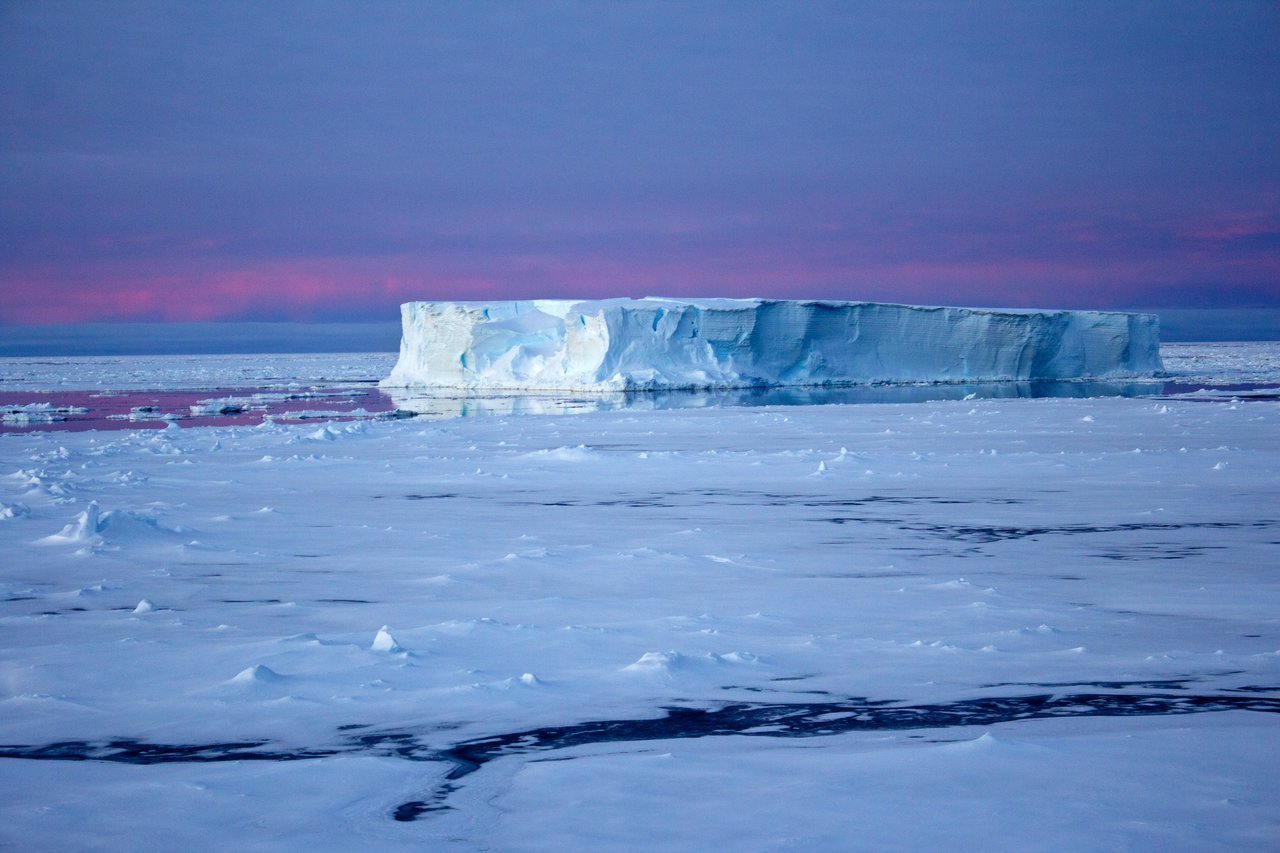
Carbon dioxide levels have capped 400 parts per million in sensitive regions of the world causing concern.
Observatories across the world from Mauna Loa in Hawaii to Greenland have recorded alarming levels of carbon dioxide in the Earth’s atmosphere at levels above 400 parts per million (ppm). Scientists are most rattled by the Halley Research Station in Antartica and a monitoring station at the South Pole all registering levels above 400 ppm in the cleanest air on the planet.
For perspective, carbon dioxide levels were recorded at 28o ppm at the birth of the industrial revolution when society began burning fossil fuels for energy. Carbon dioxide emissions have escalated at an aggressive clip since and are now at disconcerting levels.
According to Pieter Tans, lead scientist for the Global Greenhouse Gas Reference Network, 400 ppm is the highest registered degree that carbon dioxide levels have reached in the last 4 million years. These observatories are located in the northern hemisphere closer to pollution sources in which carbon dioxide levels are elevated.
But it takes time for carbon dioxide to reach Antartica. However, it takes a while for carbon dioxide to reach Antarctica.”This is the first time a sustained reading of 400 ppm, over the period of a day, has been recorded at a research station on the ice,” according to a statement from the British Antarctic Survey.
“The remoteness of the Antarctic continent means it is one of the last places on Earth to see the effects of human activities, but the news that even here the milestone of carbon dioxide levels reaching 400 parts per million has been reached shows that no part of the planet is spared from the impacts of human activity,” noted David Vaughan, director of science at the Antarctic Survey, in a statement.
“… Today at Halley Station, CO2 is rising faster than it was when we began measurements in the 1980s. We have changed our planet to the very poles.”
A separate press release from the U.S. National Oceanic and Atmospheric Administration said the South Pole observation was registered on May 23 but was subsequently released on June 15.
The global median of carbon dioxide was 399 ppm in 2015, and it’s predicted to rise each month in 2016. Carbon dioxide levels will hover above 400 ppm for the first time. Tans said, “We know from abundant and solid evidence that the CO2 increase is caused entirely by human activities,” and “Since emissions from fossil fuel burning have been at a record high during the last several years, the rate of CO2 increase has also been at a record high.”
Scientists have studied 800,000-year-old ice core samples, but they have also analyzed seafloor sediment dating back to 4 million years ago, Tans informed Mashable over email. But these records are not as precise indicated Tans.
A single molecule of carbon dioxide can last hundreds of thousands of years. With this in mind, these levels are not likely to fall within our lifetimes.
Originally reported in Mashable.

Leave a Reply